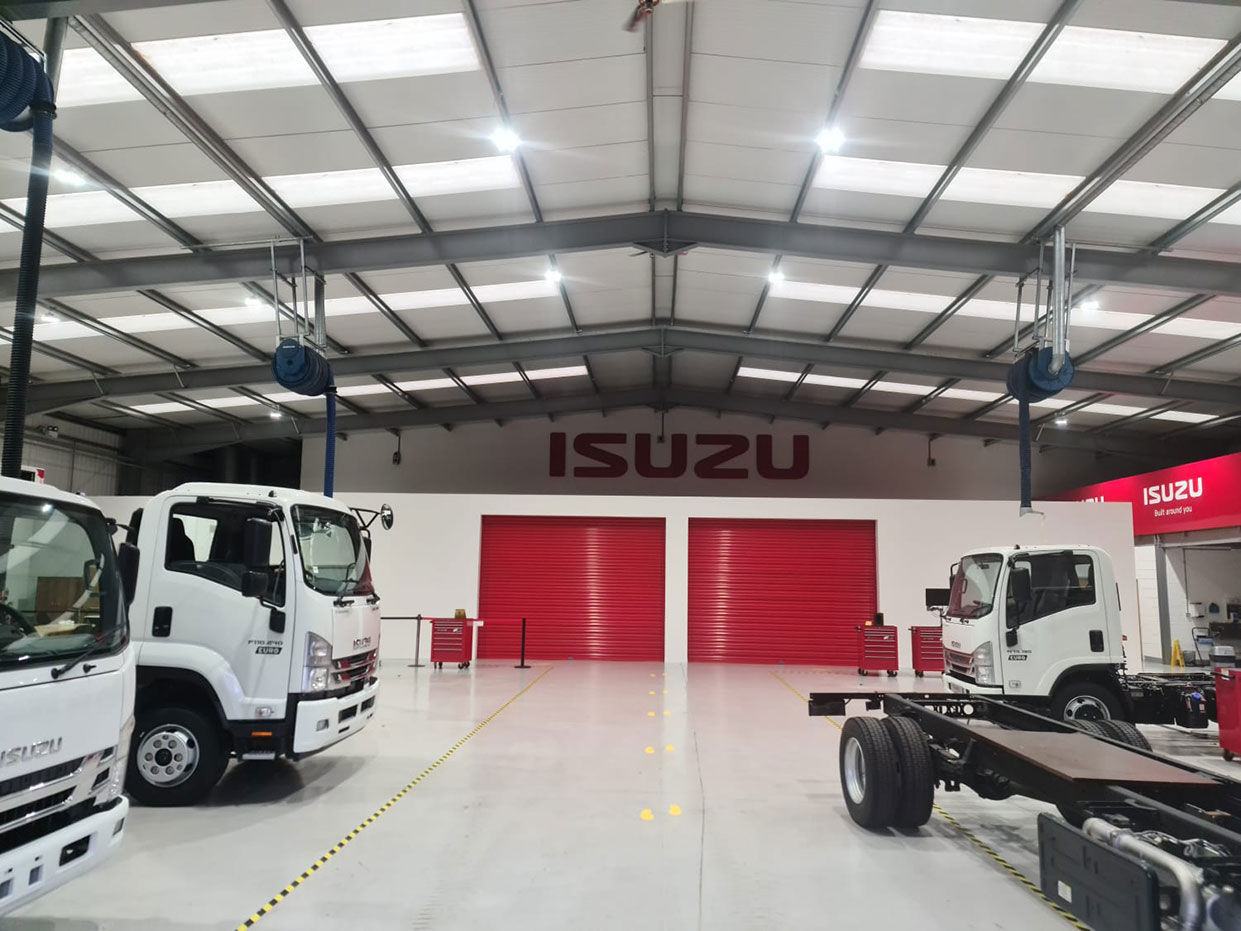LED Light Sensors: The Smarter Way to Save Money & Energy

LED light sensors are devices that use light to detect motion, heat, or other environmental changes. They are commonly used in a variety of applications, including security, automation, and energy efficiency.
By adding sensors to your lighting project you can further increase your energy savings by 30 to 60%.
Types of LED Light Sensors
The main types of LED light sensors are:
Passive Infrared (PIR) Sensors
PIR sensors detect infrared radiation, which is a type of heat energy. These sensors are the most common type of LED light sensor. They are easy to install and can be used in a variety of applications.
PIR sensors are commonly used for motion detection, as they can detect even the smallest changes in temperature. This function allows PIR sensors to be used to automatically turn on lights when someone enters a room. This is a convenient way to save energy and improve safety.
PIR sensors can also be used to dim lights when they are not needed. This can save a significant amount of energy and maximise energy cost savings, especially in areas where lights are running for longer periods of time.
Photoelectric / Photocell Sensors
A photocell sensor, also known as a light sensor, is a device that measures the intensity of light. It is made of a semiconductor material that changes its electrical resistance when exposed to light. The amount of resistance change is proportional to the amount of light hitting the sensor.
Photocell sensors can be used in several applications including lighting automation. They help reduce energy usage by turning lights off when they are not needed also improving safety. They can give significant financial savings, especially in outdoor lighting applications such as car park lighting and street lighting.
Microwave Sensors
Microwave sensors are a type of motion sensor that uses microwaves to detect movement in a 360-degree radius. They work by sending out a beam of microwaves and then measuring any changes in the reflected waves. When an object moves through the beam, it disrupts the waves and triggers the sensor.
Microwave sensors can be used in a wider range of applications especially in outdoor applications where the weather can be unpredictable. This makes them an ideal choice in outdoor lighting applications such as car parks and walkways. They can also be used in indoor lighting applications, for example warehouses, corridors and stairwells to name a few.
Benefits of using LED Light Sensors
LED light sensors offer a number of benefits, including:
Energy efficiency: LED light sensors can help to maximise your energy savings even further by only turning on lights when they are needed. This can be significant savings, especially in areas where lights are used frequently, such as hallways and stairwells.
Convenience: LED light sensors can make it more convenient to use lights. For example, you can install a PIR sensor in a warehouse, corridor, or office space so that your lights turn on automatically when you enter the area without having to search for light switches.
Improved safety: LED light sensors can improve safety by automatically turning on lights in dark areas. This can help to prevent accidents and injuries.
Security: LED light sensors can be used to improve security by providing early warning of intruders. For example, you can install PIR sensors around your business to detect motion. If a sensor detects motion, it can turn on lights to ward off the intruder.
How to choose the right sensors for your project
There are a few factors to consider when choosing the right lighting sensors for your. These include:
The type of application: Lighting sensors are used in a variety of applications, including outdoor lighting, indoor lighting, and security systems. Each application has its own unique requirements, so it is important to choose a sensor that is designed for the specific application. For example, if you are looking for a sensor to control outdoor lighting, you will need to choose a sensor that is weatherproof and can withstand the elements. If you are looking for a sensor to control indoor lighting, you may not need to choose a sensor that is as durable.
The environment: Lighting sensors are also affected by the environment in which they are used. For example, outdoor sensors will need to be able to withstand cold winters and wet summers, while indoor sensors may not need to be as durable.
The features: Lighting sensors come with a variety of features, such as adjustable sensitivity, motion detection range, and timing. It is important to choose a sensor that has the features that you need. For example, if you want your lights to turn on at dusk and off at dawn, you will need to choose a sensor with an adjustable dusk-to-dawn feature.
By following these tips, you can choose the right lighting sensors for your needs in the UK market and save money in the long run.
Conclusion
LED light sensors are versatile devices that can be used in a variety of applications. They offer several benefits, including energy efficiency, convenience, and security. If you are looking for a way to save energy, improve convenience, or improve security, LED light sensors may be a good option for your business.
Are you looking to harness the power of sensors for your next lighting project? Our team of expert lighting consultants can help guide and advise you on the perfect solution for your business.
